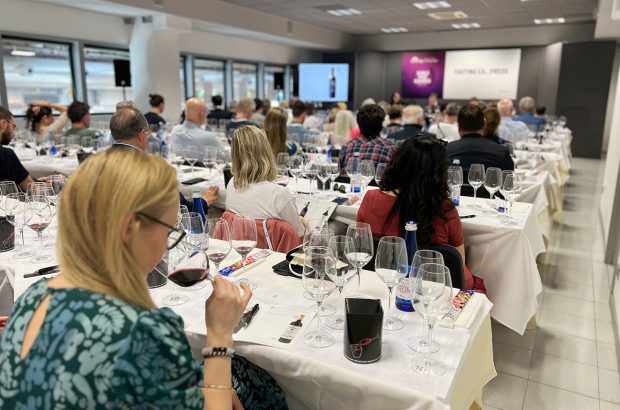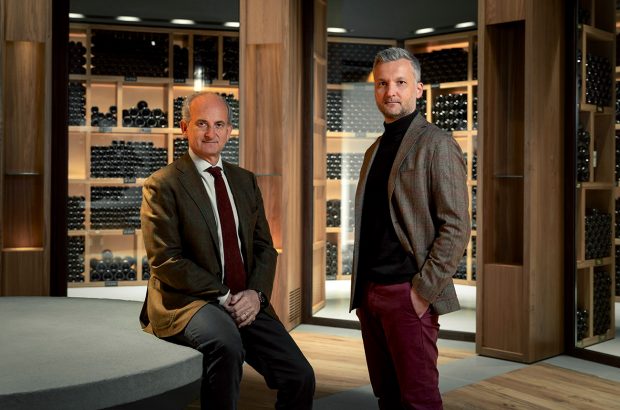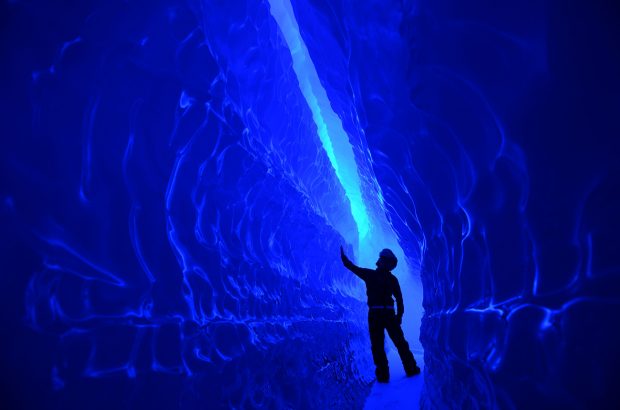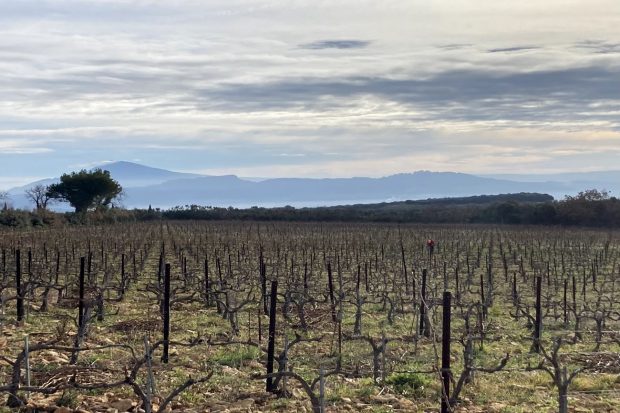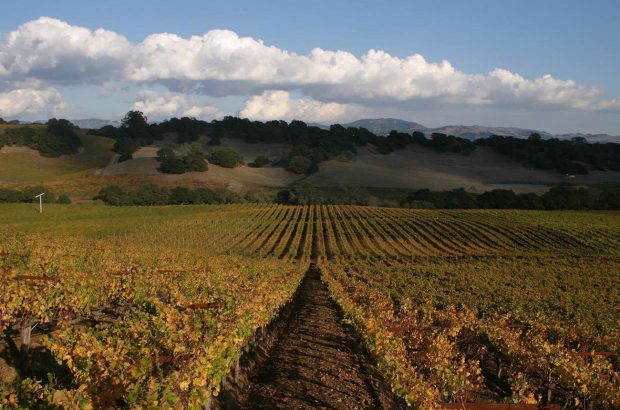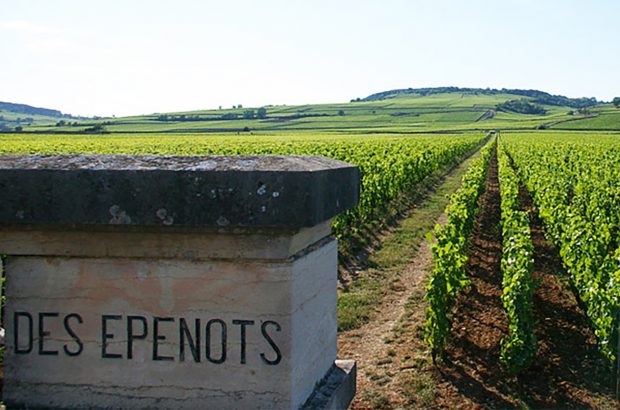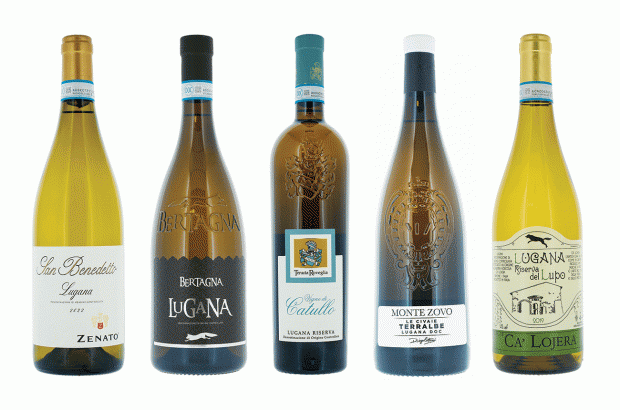A domaine’s long history hoists its inanimate wines into life; biography brings meaning to the simple sensual pleasure of tasting a grower’s efforts. It’s important, though, to know what we are doing when we tell stories. And to know what to tell them about.
Winemakers take the messy chaos of natural processes and add discipline, giving shape and direction to produce a stable and enticing wine. This was never nature’s intent. The storyteller takes a messy chaos of random events, either imagined or real (with the latter, storytellers may call themselves historians), and then edits and arranges these events to convey connection and consequence. It’s the connection and consequence which the human mind craves. We derive meaning and nourishment from them.
But stories aren’t reality: they’re a crafted pattern of events. Even history isn’t reality, though the selection made by the historian may be accurate, sage and useful. Reality is chaotic, boring, random, capricious and so vastly intricate as to be unknowable. To connect chaotic events and endow them with inappropriate linear interpretation is ‘the narrative fallacy’ – a phrase associated with the Lebanese-American essayist of randomness and risk Nassim Nicholas Taleb. We find consequence and causality everywhere and model our behaviour on those narrative threads, when what we should be doing is examining facts and embracing complexity in order to minimise risk and fragility. Our stories lead us astray.
Common wine-world assumptions about terroir offer, I fear, a clanging example of the narrative fallacy at work. It is wine’s particular fascination and claim on our attention that fine graduations in its sensual identity are palpable – but this sensual identity is the result of a complex suite of human interactions with the environment. Even the wine’s creator will struggle to grasp every input into that identity.
What can be resumed on a label or in an article is a tiny, gestural selection. Soil often features: a simple descriptor might refer to chemistry (‘limestone’), origin (‘volcanics’) or texture and particle size (‘sand’ or ‘clay’). These descriptors will in any case be a gross simplification of the ever-changing structural, chemical and microbiological realities of a particular parcel of soil, and its vital potential for cation exchange (an indicator of soil fertility). A date covers an entire season. We accord importance to that which is easily measured (sunshine, rain, temperature), but not to that which can’t be (the differing impacts of clouds, winds and air movements, day lengths, light angles, humidity). Plants are hugely sensitive to topographical nuance, about which we often know little. Rootstocks are ignored or forgotten, and roots and their vital mycorrhizae remain mysterious; pruning and canopy are details too far. Taste grape juice, and you will realise that any wine’s identity is largely a gift of fermentative processes, whose complex chemistry will always elude the understanding of anyone but specialists. Is fermentation place-dependent in some way? We’re not sure.
Terroir is not a fiction, or so our noses and mouths tell us. Good. Its secrets, then, must yield to scientific endeavour – but scientists have barely begun work on this vast and challenging field. Until then, we should resist the temptation to tell stories about terroir; they will lead us astray.
A glass of Chablis does not taste as it does because of limestone deposited during the Kimmeridgian stage of the Jurassic, nor a glass of Pauillac because of Quaternary gravel: it’s far more complicated than that. Those who have hunted down limestone and hoped to make Chablis, or sought out gravel expecting a new Pauillac, find only disappointment. We should accept – even celebrate – terroir’s complexities, its chaos of potential, its microscopic thickets of detail, its lingering uncertainties, its weirdness and its beauty. Best to keep stories of cause and consequence for the human, where we have grown comfortable with their instructive and entertaining deformations.
In my glass this month
Two Remelluri wines – and lots to think about. One (courtesy of a kind friend) was the Blanco 2007: creamy harmony on the nose, then vibrant, fresh and sculpted on the palate. The other was a sample of the beautifully bottled Yjar 2017 (£104 Jeroboams), kindly sent over by Telmo Rodríguez a few months earlier: pure, authoritative, concentrated, detailed, unshowy. These are aerial, Atlantic wines, Biscay-fresh. The Rioja I thought I knew, in other words, is proving to be another narrative fallacy.









